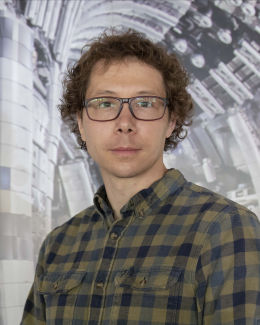Abstract
The ITER Diagnostic Residual Gas Analyzer (DRGA) will measure the distribution of gas species, i.e., deuterium (D), tritium (T), and impurities, in the divertor exhaust stream and in the plasma periphery, with time resolution relevant to fusion plasma–wall particle dynamics. The uniqueness of the DRGA, over previous implementations of plasma dynamics residual gas analysis, is an integrated approach, combining mass and low-temperature plasma-activated optical spectroscopy, in a differentially pumped analysis station. A further unique feature of the ITER divertor-specific DRGA is an ~8-m separation of the analysis station from the sampled pumping duct, while still maintaining a ~1-s response time for hydrogen isotopic concentrations. ITER DRGA final design activities are strongly benefiting from testing of prototypical DRGA components and methods on present fusion devices, most currently on JET and W7-X. DRGA systems are implemented on both these devices and include sensors (and pumping methods) that are directly relevant to the ITER DRGA design. The recent JET-DTE2 campaign has provided the first experience on operating the combined ITER DRGA sensors with D-T plasmas. While enhancing system design for ITER, this experience on operating devices has also revealed additional engineering challenges, which further guide the continuing final design project. Meanwhile, the recent determination that the ITER DRGA, with slight optimization, will resolve the helium isotopes well enough to support an ITER pre-DT, He-3-based heating scheme, has greatly increased ITER Research Program interest in the DRGA and its implementation well ahead of the DT phase.







